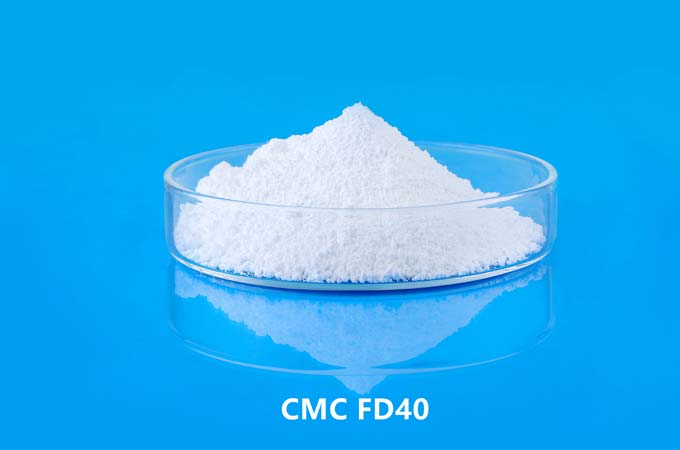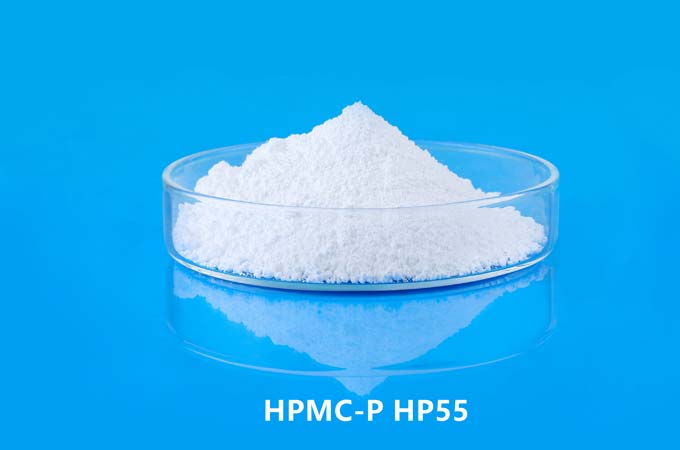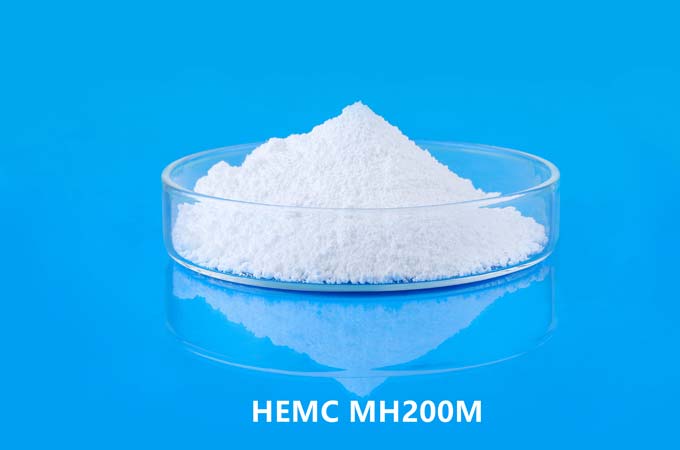HPMC is hydroxypropyl methylcellulose. This is a non-ionic cellulose mixed ether, which is made of alkalized refined cotton, using propylene oxide and methyl chloride as etherification agents, and is prepared through a series of reactions. The degree of substitution is usually 1.2 to 2.0. Its properties It varies with the ratio of methoxyl content to hydroxypropyl content.
MC is methylcellulose. After being treated with refined cotton soda, using methane chloride as etherification agent, cellulose ether is made after a series of reactions. Generally, the degree of substitution is 1.6~2.0, and the solubility changes with the degree of substitution. It belongs to non-ionic cellulose ether.
Performance Comparison Between the Two:
(1) Hydroxypropyl methylcellulose is easily soluble in cold water; hardly soluble in hot water. However, its gelling temperature in hot water is significantly higher than that of methylcellulose, and its solubility in cold water is also greatly improved compared with methylcellulose.
Methylcellulose is also soluble in cold water; insoluble in hot water, its aqueous solution is very stable in the range of pH = 3~12.
(2) The viscosity of hydroxypropyl methylcellulose is related to its molecular weight, the higher the molecular weight, the higher the viscosity. Temperature also affects its viscosity, as temperature increases. Viscosity will decrease, but its high viscosity has a lower temperature effect than methylcellulose. The solution is stable when stored at room temperature.
Methylcellulose has a major impact on the workability and adhesion of the mortar, where "adhesion" refers to the adhesion felt between the worker's applicator tool and the wall substrate. That is, the shear resistance of the mortar is high, the adhesion is large, and the shear resistance of the mortar is large. Workers also need a lot of force during use. Mortar has poor constructability.
(3) The water retention rate of hydroxypropyl methylcellulose depends on its addition amount, viscosity, etc. The water retention rate is higher than that of methyl cellulose under the same amount of addition.
The water retention of methylcellulose depends on its addition amount, viscosity, particle fineness and dissolution rate, and the dissolution rate mainly depends on the surface modification degree and particle fineness of cellulose particles.
(4) Hydroxypropyl methylcellulose has better enzyme resistance than methylcellulose, and the possibility of enzymatic degradation in solution is lower than methylcellulose.
 English
English 日本語
日本語 français
français Deutsch
Deutsch Español
Español italiano
italiano русский
русский português
português العربية
العربية Türkçe
Türkçe Nederland
Nederland



